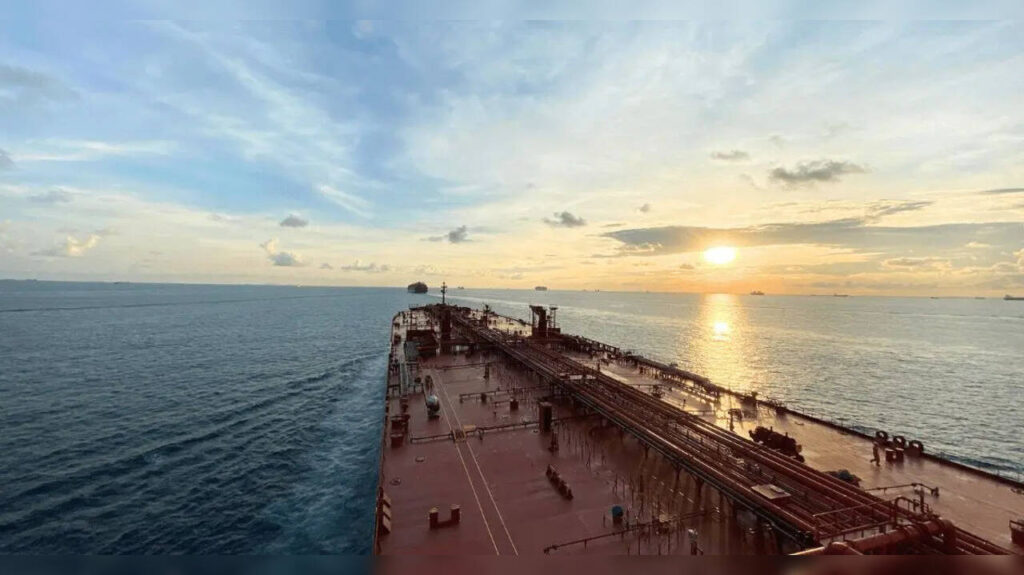India is 90 per cent dependent on imports to meet its crude oil needs and buys roughly half of its natural gas from overseas. (Image Source: MarineInsight)
The closing of the narrow waterway, however, is not being viewed with grave concern in New Delhi, at least for now.
Having diversified its sources of imports, India can explore alternative sources – from Russia to the US and Brazil – to fill any void, industry officials and analysts said.
India Imports 90 per cent Crude Oil
India is 90 per cent dependent on imports to meet its crude oil needs and buys roughly half of its natural gas from overseas. While crude oil is turned into fuels like petrol and diesel in refineries, natural gas is used for generating electricity, making fertilisers, and turned into CNG for running automobiles or supplied to household kitchens for cooking.
Strait of Hormuz – A Narrow Channel That Holds Great Strategic and Economic Importance
The Strait of Hormuz is of great strategic and economic importance, especially as oil tankers from various ports on the Persian Gulf must pass through the strait. It serves as the maritime artery through which a fifth of the world’s oil and gas flows.
In 2024, daily shipments averaged 20.3 million barrels of oil and 290 million cubic meters of LNG, according to data from the US Energy Information Administration (EIA).The bulk of oil exports from regional powerhouses – Saudi Arabia, Iraq, UAE, Qatar, Iran, and Kuwait – must transit this narrow waterway.
In the past, it was the West – predominantely the US and Europe – that stood most exposed to disruption in Persian Gulf energy flows but today it is China and Asia that would bear the brunt of any closure. According to the EIA, 82 per cent of the crude oil and condensate exports passing through the Strait of Hormuz in 2022 were destined for Asia, with India, China, Japan, and South Korea accounting for 67 per cent of total flows in 2022 and the first half of 2023.


